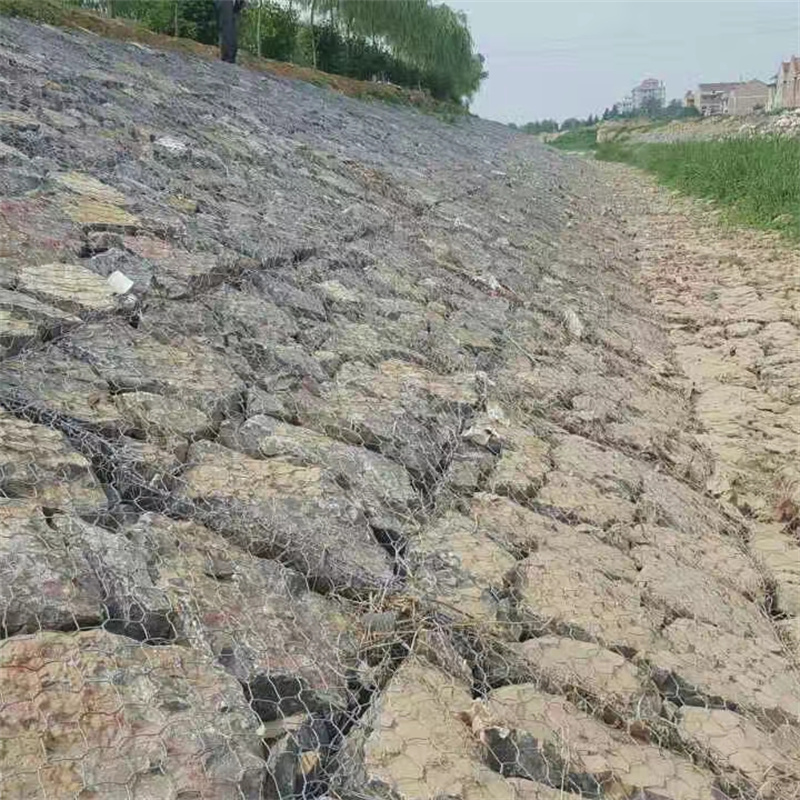Noy . 17, 2024 02:49 Back to list
China's Durable Gabion Boxes for Effective Erosion Control and Landscape Design
Understanding China Gabion Boxes A Versatile Solution for Modern Engineering
Gabion boxes have emerged as a popular solution in civil engineering and landscaping projects around the world, including in China. These structures, typically made from wire mesh and filled with rocks, stones, or similar materials, serve various purposes ranging from erosion control to landscape design. China's extensive use of gabion technology reflects its commitment to innovative and sustainable engineering practices.
Origins and Development
The term “gabion” is derived from the Italian word gabbione, meaning big cage. Historically, these structures were primarily used for military fortifications. However, modern applications have expanded significantly, transforming gabion boxes into essential components of contemporary construction and landscaping. With China's rapid urbanization and development of infrastructure, gabion boxes have gained traction due to their versatility, strength, and aesthetic appeal.
Design and Construction
Gabion boxes come in various sizes and shapes, typically rectangular, designed to be stacked or combined. The construction involves a wire mesh, often made of galvanized steel or PVC-coated steel, ensuring durability against environmental elements. Once assembled, these boxes are filled with locally-sourced stones or rocks, minimizing transport costs and adhering to sustainable practices. The flexibility in design allows engineers to adapt gabion structures to suit different landscapes and project requirements.
Applications of Gabion Boxes
1. Erosion Control Gabion boxes effectively control soil erosion along riverbanks and slopes. By stabilizing the soil and absorbing the impact of flowing water, they prevent land degradation and protect infrastructure.
china gabion box

2. Flood Management In flood-prone areas, gabion boxes can be strategically placed to redirect water flow and reduce the speed of currents. Their porous nature allows water to seep through while holding back sediments, creating natural barriers.
3. Retaining Walls Gabion boxes serve as retaining walls, providing structural support for elevated areas. They allow for the displacement of earth without the need for traditional concrete walls, making them a more eco-friendly option.
4. Landscaping Beyond their practical uses, gabion boxes have become popular in landscaping. They can be used to create striking visual elements in gardens, parks, and urban spaces, serving as planters, benches, or decorative walls.
5. Sound Barriers The density of the materials within gabion boxes enhances their effectiveness as sound barriers in urban environments. This application is particularly beneficial in areas with heavy traffic where noise reduction is essential for residents’ comfort.
Sustainability Aspects
One of the most significant advantages of gabion boxes is their environmental sustainability. By utilizing locally-sourced materials, these structures reduce carbon footprints associated with transportation. Moreover, gabion boxes promote biodiversity by allowing vegetation to grow within and around them, thereby creating habitats for various species.
Conclusion
The widespread adoption of gabion boxes in China highlights their importance in sustainable engineering and design. As urbanization continues to rise and environmental concerns become more pressing, gabion technology presents a reliable solution that marries functionality with aesthetic appeal. Whether used for controlling erosion, managing floods, or enhancing landscapes, gabion boxes are undoubtedly a versatile asset in modern construction practices, embodying a harmonious balance between nature and human ingenuity.
-
Why PVC Coated Gabion Mattress Is the Best Solution for Long-Term Erosion Control
NewsMay.23,2025
-
Gabion Wire Mesh: The Reinforced Solution for Modern Construction and Landscape Design
NewsMay.23,2025
-
Gabion Wall: The Flexible, Seismic-Resistant Solution for Modern Landscaping and Construction
NewsMay.23,2025
-
Gabion Wall Solutions: The Durable, Decorative, and Affordable Choice for Every Landscape
NewsMay.23,2025
-
Gabion Basket: The Durable and Flexible Alternative to Traditional Retaining Walls
NewsMay.23,2025
-
Gabion Basket: The Proven Solution for Slope Stability and Flood Control
NewsMay.23,2025
-
Versatility of Chain Link Fence Gabion
NewsMay.13,2025






